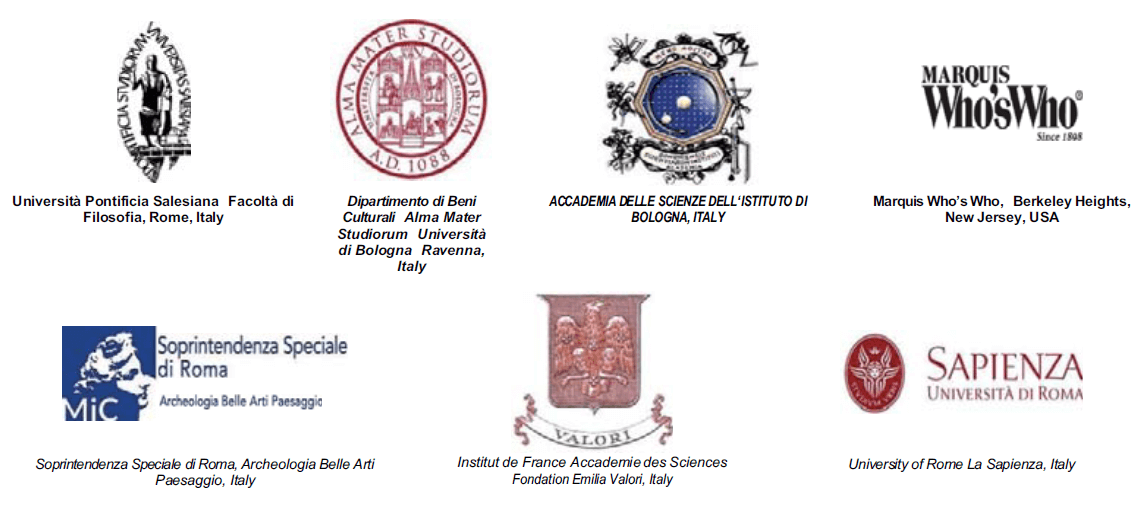Sicily in D.H. Lawrence’s Imagery
DOI:
https://doi.org/10.6092/issn.1973-9494/1394Abstract
D.H. Lawrence, who spent two years in Sicily, precisely in Fontana Vecchia, near Taormina and Aetna (where the God Vulcan used to live), has always been fascinated by Italy and Sicily in particular, the places where, in his opinion, most myths are rooted. His fascination for Sicily is due both to the sculpture of The Seated Demeter or Core, that he saw in the archaeological Museum in Syracuse, and to the Sicilians, described “as handsome as Adonis”, and who seem to manifest and share the sexual energy usually connected to Pan and Dionysus. The image of Sicily recurs in D.H. Lawrence’s entire production, often indirectly suggested by images such as: the volcanoes, the mythical Sicilian monsters “Scylla and Charybdis”, and the references to the Myth of Pluto and Persephone, which took place in Enna, as told in his poem "Purple Anemones" (in Birds, Beasts and Flowers). Moreover, his novella Sun deals with the flourishing Mediterranean landscape of Sicily, with Aetna in the distance, and the memory of the Sicules, the archaic inhabitants of the island. It is also worth mentioning that D.H. Lawrence translated several works by the Sicilian Giovanni Verga: from Mastro-Don Gesualdo (1923) to Cavalleria Rusticana and Other Stories (1928).Downloads
How to Cite
Comellini, C. (2008). Sicily in D.H. Lawrence’s Imagery. Conservation Science in Cultural Heritage, 8(1), 29–47. https://doi.org/10.6092/issn.1973-9494/1394
Issue
Section
Articles
License
Copyright (c) 2008 Carla Comellini
Copyrights and publishing rights of all the texts on this journal belong to the respective authors without restrictions. Authors grant the journal right of first publication.
This journal is licensed under a Creative Commons Attribution 4.0 International License (full legal code).
See also our Open Access Policy.






